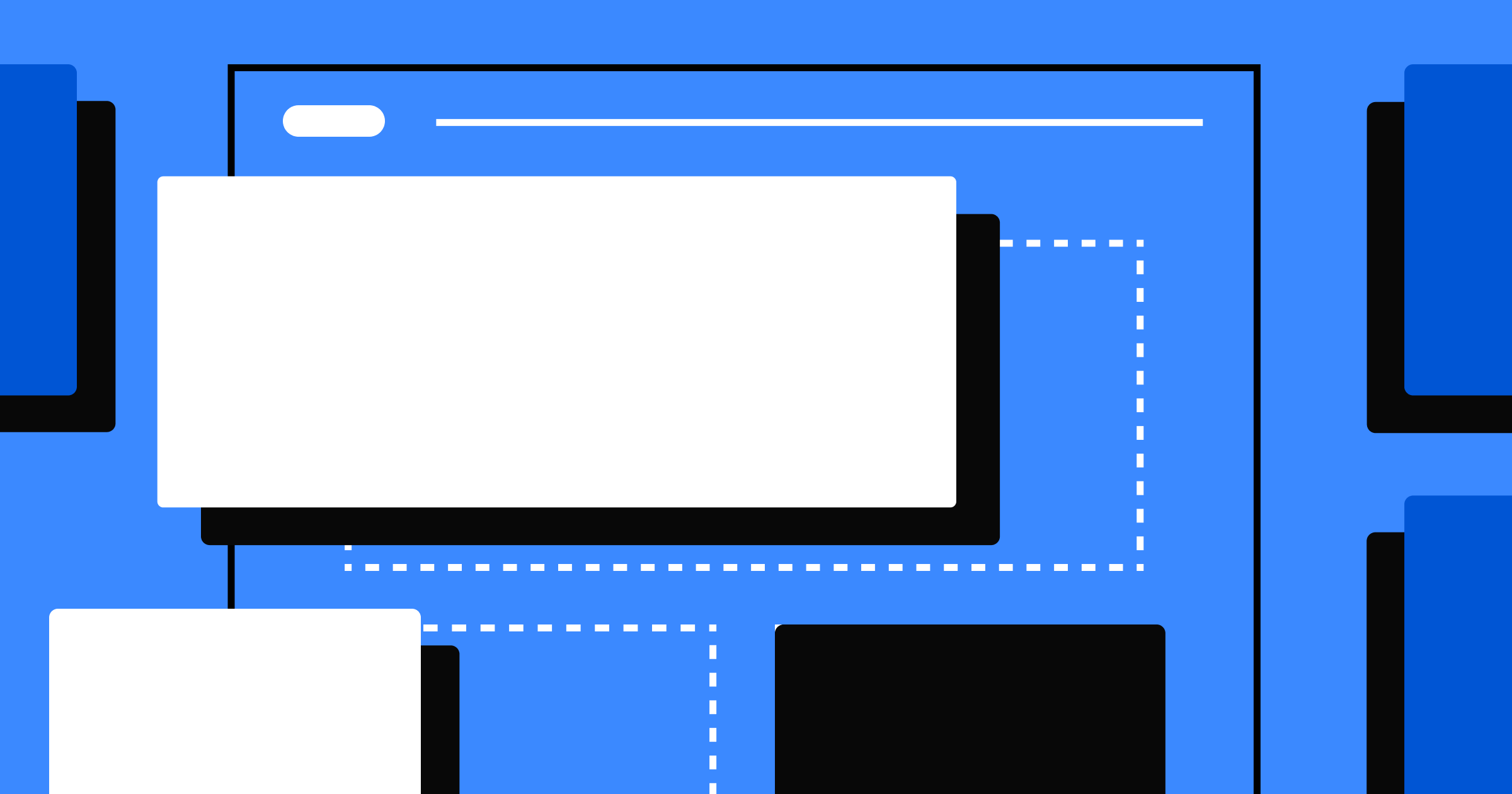A high-converting opt-in page boosts your email list with interested, incentivized subscribers.
Newsletters and email campaigns take time and effort to set up, so you want to ensure they reach an interested audience. You could rely on customer information gained from purchases to build your subscriber list, or you can use lightbox pop-ups, banners, and notifications on your site to persuade people to sign up.
Whatever your strategy, an opt-in page is an excellent foundation. They’re an effective step in many sign-up flows, so it’s important to understand how opt-in pages work, what they consist of, and how to build them effectively.
Opt-in pages explained
An opt-in page is a landing page where visitors can sign up for your mailing list. It usually consists of a text field and a button, along with a small disclaimer and a description of what customers can expect from signing up.
Opt-in pages are an effective tool in many advertising campaigns aimed at boosting subscriber lists, making them a critical element of your sales funnel. You make a good impression with curated and personalized content, and then you use ads to direct visitors to the opt-in page, which converts them from curious customers to subscribed leads.
Opt-in page elements and components
A well-crafted opt-in page makes conversion a simple choice for website visitors. Converting on an opt-in page should be a purposely uncomplicated experience, but that doesn’t mean it’s easy to design. Here are the components you need to create an opt-in page for your website.
Attention-grabbing headline
When website visitors reach your opt-in page, they’ve probably been passively consuming your content or perusing your services. Now, you need them to participate. There are a few ways to encourage them to do this, but a strong headline is your go-to, like “Subscribers get premium perks” or “Hear about new products first.”
Eye-catching visuals
Your opt-in page’s visuals must impress website visitors and inspire them to interact with the page. Think: examples of your products with bold, striking graphics consistent with your design style. They make subtle promises about what to expect and how engaging the experience will be when visitors sign up.
Clear call to action
After you’ve caught your audience’s attention, it’s time to direct it toward what you want them to do. A call to action, or CTA, is usually a one- or two-word phrase in an action button near your form, like “Sign up!” or “Subscribe.” This draws a visitor’s attention to the form, usually bookending it opposite the header.
Concise form
You only need one text field for website visitors to provide email addresses. Anything else is extra. But if you plan to personalize the emails you send, add a space for the person’s name or a checklist for which products they use. Limit your form to three fields to keep the experience quick and straightforward for visitors.
How to create an opt-in page: 4 tips
Crafting an opt-in page takes deliberate design choices. Space and complexity come at a premium, so every choice must add value without contributing unnecessary cognitive load to the user experience (UX).
Here are a few tips for maintaining that balance.
1. Understand your audience
As with most design projects, research is the first step. Without understanding your target audience, you risk talking past them or offering incentives they don’t want.
Start with user personas, which are profiles of your target demographic that detail their characteristics and motivations. Tech early adopters are a typical example. They’re open-minded, willing to try new things, and motivated to be the first to advocate for something novel.
2. Craft compelling headlines
Ideally, your opt-in page uses little copy — just a strong headline, a privacy acknowledgment, and perhaps a promise not to spam their inbox. Those last two lines of copy can be unadorned text that doesn’t distract from the experience, but your headline should dominate the page to catch and direct the audience’s attention.
Here are a few ways to do this:
- Direct, firm-handed headlines like “Sign up for weekly insights” or “Subscribe and save big!” offer transparent CTAs. They won’t win any awards for subtlety, but they do the job with straightforward efficiency.
- Subtle, enticing hints like “New articles sent weekly to your inbox” or “Want to see what we think up next?” suggest you have more to offer. As a bonus, customers might be more likely to open your emails if you’ve intrigued them.
- Make them an offer they can’t refuse. This technique is usually called a lead magnet, and it works. Discover what your customers want and then dangle it before them, such as “Sign up for this free ebook: Managing Remote Employees,” or “Subscribers get early access to new products.” Side note: Opt-in landing pages that use lead magnets are sometimes called squeeze pages.
3. Design impressive visuals
The whole landing page must draw attention to the headline, form fields, and action button, so any visuals you use should support that goal. Include examples of newsletters and emails or show off concept products they can expect to hear about — anything that demonstrates what visitors will get for signing up to your email list.
4. Optimize your opt-in form
Complexity can creep up steadily when designing something. A testimonial or an extra text block might seem like a great idea after you’ve spent a couple hours with the design, but resist the temptation. Your opt-in page should have a singular focus: get website visitors to sign up.
When you have everything in place in your design, reevaluate it to see what you can streamline, simplify, or outright remove. Step away from it for a day if you can. Look at it with a fresh perspective and cut it down to the essentials. Then, test your landing page design to validate your choices and pivot to new ones as needed.



















Webflow Enterprise
Trusted by over 300,000 of the world’s leading brands, Webflow Enterprise empowers your team to visually build, manage, and optimize sophisticated web experiences at scale — all backed by enterprise-grade security.
5 effective opt-in page examples
The following opt-in page examples reflect the brand’s identity and offer a simple but unique experience that resonates with the intended audience.
1. Signature Block

Signature Block is a blog that shares insights from successful fund managers. It’s aimed at venture capitalists and other fund managers who want to optimize their portfolios.
The homepage starts with an opt-in section that encourages visitors to sign up for their newsletter so they don’t miss out on new articles. Its serif font and minimalist design denote a professional, sleek appeal that carries through in their articles.
2. Webflow Inspo

The Webflow Inspo page uses a plain black background and a scrolling column of examples to entice the audience and draw attention to graphics that showcase what subscribers will enjoy. A bold header stating “Say hello to Webflow Inspo” welcomes the reader to this community. And the copy — “The best, coolest, and latest in Webflow, design and no-code each week” — encourages them to sign up to receive this valuable information.
3. User Experience Database

The User Experience Database is a central resource for all things UX. It posts job listings, articles about design trends, and lists of resources for designers.
The opt-in section sits at the top of the homepage so it’s noticed quickly. Site designers distinguish the opt-in section from the rest of the site with a large black background, bright white heading, and colorful imagery.
4. Community Inc.

Community Inc. is a consulting service run by Gareth Wilson, an experienced startup leader who has led various companies to success. The opt-in section on the homepage offers readers the opportunity to receive a newsletter detailing all the lessons Gareth’s learned over the years. It uses a clever combination of article examples, testimonials, and bold copy to grab the reader’s attention and entice them to sign up.
5. Way

Way is a brand experience design tool that enables companies to create interactive, immersive activities for their customers. The “Get started” buttons on the homepage lead to Way’s opt-in page. It’s more involved than a simple sign-up page (asking for your first and last name, email address, and company name), but it’s still simple enough to be quick.
Once you fill out the form, you arrive at an immediate opt-in prize, their “Experiential Hospitality Trend Report 2024.” Offering a reward right away when a user provides personal information is a great way to show that you appreciate their time.
Improve your lead generation process with Webflow
Opt-in pages are an excellent lead generation tactic. They offer a win-win situation for everyone: You gain their contact information, and they gain access to valuable content.
To create truly effective opt-in pages, try Webflow, a visual-first web development platform and CMS for everyone on the team — marketers, developers, designers, and editors. Collaborate with your team on page changes, A/B test variations to determine what resonates best, and integrate Webflow with your favorite marketing tools.

Build with Webflow
Webflow Enterprise gives your teams the power to build, ship, and manage sites collaboratively at scale.































